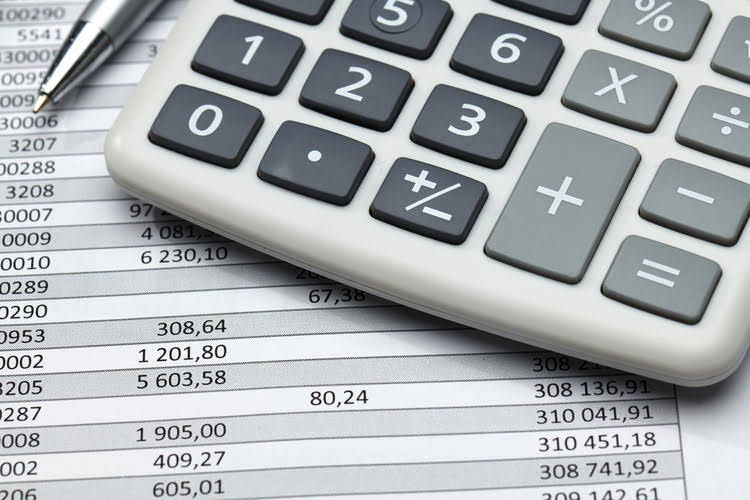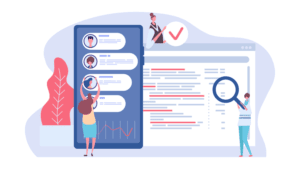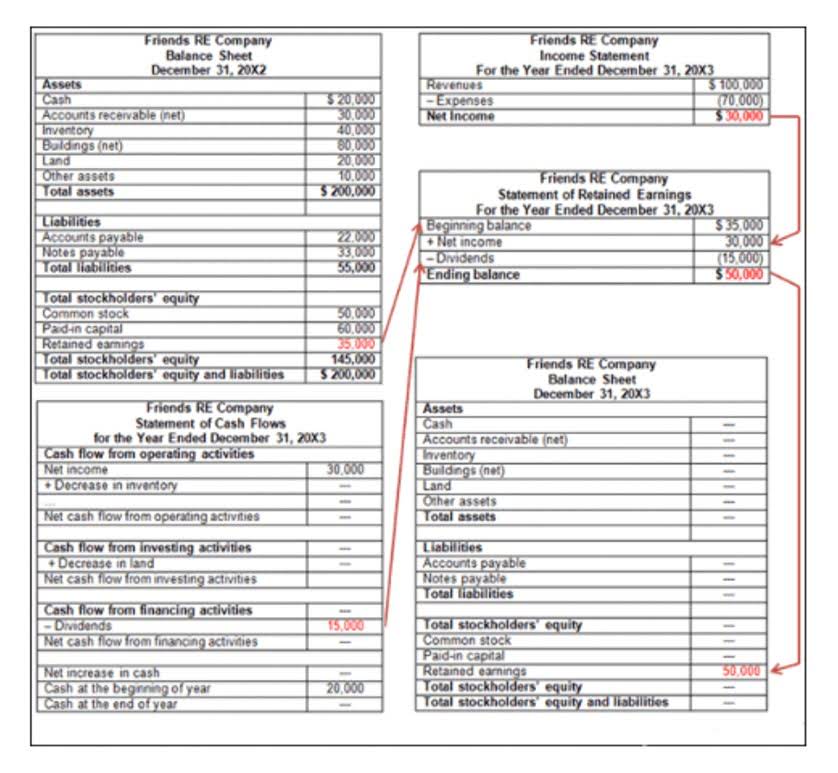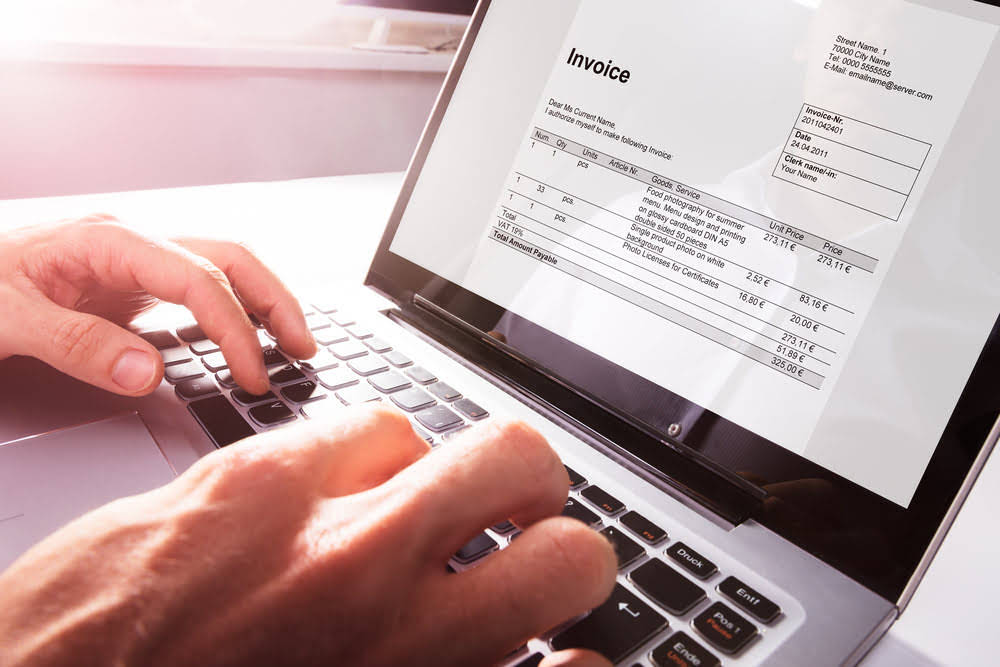
Liabilities are financial obligations or debts that a company owes to other entities. Liabilities are an essential component for an organization to ensure smooth business operations.They are recorded in the balance sheet and are categorized as current and long-term liabilities based on their due date. Common examples of assets found on a balance sheet include accounts receivable, cash, buildings, and inventory. Liabilities include accounts payable, loans and mortgages payable, and deferred revenue. Managing long-term debt effectively is essential for a company’s financial health and long-term success.
Example Transaction #5: Purchase of Advertising on Credit
The term balance sheet refers to a financial statement that reports a company’s assets, liabilities, and shareholder equity at a specific point in time. Balance sheets provide the basis for computing rates of return for investors and evaluating a company’s capital structure. The balance sheet is a very important financial statement for many reasons. It can be looked at on its own and in conjunction with other statements like the income statement and cash flow statement to get a full picture of a company’s health. Solvency ratios are often discussed alongside liquidity ratios, as the two metrics take a close look at a company’s liabilities. The key difference is that while liquidity ratios are focused on short-term liabilities, solvency ratios are focused on longer-term obligations.

types of shareholders’ equity
- Looking at a single balance sheet by itself may make it difficult to extract whether a company is performing well.
- A debit refers to an increase in an asset or a decrease in a liability or shareholders’ equity.
- The valuation of fixed assets involves determining their cost and factoring in depreciation.
- Inventory includes amounts for raw materials, work-in-progress goods, and finished goods.
- The assets are the operational side of the company, basically a list of what the company owns.
The double-entry practice ensures that the accounting equation always remains balanced, meaning that the left-side value of the equation will always match the right-side value. The accounting equation is a concise expression of the complex, expanded, and multi-item display of a balance sheet. Additionally, you can use your cover letter to detail other experiences you have with the accounting equation. For example, you can talk about a time you balanced the books for a friend or family member’s small business. Exactly what you include as an asset will depend on the type of liquidity ratio that you are calculating, which we explore in greater detail below.

What Is a Liability in the Accounting Equation?
The company can influence equity (in small amounts) by adjusting the dividends paid for the year. Is the most widely used formula to calculate the stockholder’s equity. That could be an individual owner https://www.bookstime.com/articles/amortizing-bond-premium-with-the-effective-interest-rate-method — as with a sole proprietorship — or a large group, like shareholders in a publicly traded company. You should also include contingent liabilities or liabilities that might land in your company’s lap.
- Whatever happens, the transaction will always result in the accounting equation balancing.
- Retained earnings play a crucial role in growing a company and increasing its equity value over time.
- Analyze a company’s financial records as an analyst on a technology team in this free job simulation.
- As inventory (asset) has now been sold, it must be removed from the accounting records and a cost of sales (expense) figure recorded.
- Often, more than one element of the accounting equation is impacted but sometimes, like with transaction 3, the same part of the equation (in this case assets) goes up and down, making it look like nothing has happened.
- Buying a business cell phone is an expense, while liabilities are loans used to purchase tangible assets (items of financial value), like equipment.
Expanded Accounting Equation Formula

Below liabilities on the balance sheet is equity, or the amount owed to the owners of the company. Since they own the company, this amount is intuitively based on the accounting equation—whatever assets are left over after the liabilities have been accounted for must be owned by the owners, by equity. These are listed at the bottom of the balance sheet because the owners are paid back after all liabilities have been paid. With liabilities, this is obvious—you owe loans to a bank, or repayment of bonds to holders of debt. Liabilities are listed at the top of the balance sheet because, in case of bankruptcy, they are paid back first before any other funds are given out.
Business Insights
- Essentially, the representation equates all uses of capital (assets) to all sources of capital, where debt capital leads to liabilities and equity capital leads to shareholders’ equity.
- Understanding your company’s liabilities will give you the full story behind your company’s finances and how much total debt you’ve incurred.
- In business, liabilities are any debts, outstanding payments, loans, mortgages, accounts payable, or anything else your business owes to a bank, suppliers, or another company.
- If the equation is balanced then the financial statement can be prepared.
- If you’re running your own Shopify store, you might need a better accounting solution.
To analyze the financial health of a company, it is essential to understand its revenue performance, cost management, and profitability. Fixed assets, also known as tangible assets, are physical items of value that a company owns and uses in its business operations. Some common examples of fixed assets include property, buildings, land, machinery, and equipment. The valuation of assets liabilities equity formula fixed assets involves determining their cost and factoring in depreciation. Generally, sales growth, whether rapid or slow, dictates a larger asset base—higher levels of inventory, receivables, and fixed assets (plant, property, and equipment). As a company’s assets grow, its liabilities and/or equity also tend to grow in order for its financial position to stay in balance.
Liabilities and Debt Management

This statement reflects profits and losses that are themselves determined by the calculations that make up the basic accounting equation. In other words, this equation allows businesses to determine revenue as well as prepare a statement of retained earnings. This then allows them to predict future profit trends and adjust business practices accordingly. Thus, the accounting equation is an essential step in determining company profitability.
If you were to take a clipboard and record everything you found in a company, you would end up with a list that looks remarkably like the left side of the balance sheet. Accounts within this segment are listed from top to bottom in order of their liquidity. They are divided into current assets, which can be converted to cash in one year or less; and non-current or long-term assets, which cannot. For example, if a company becomes bankrupt, its assets are sold and these funds are used to settle its debts first.
